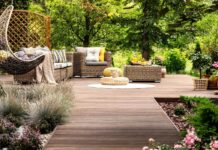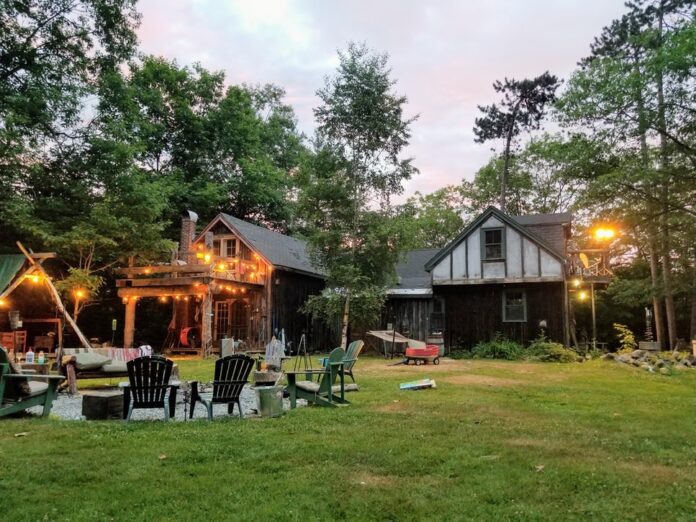
If you are a happy owner of a big house, then you are probably faced with the task of arranging your yard. It is a kind of business card of the owner, as it is the first thing your guests see. Therefore, planning should be approached wisely.
If you need professional advice on gardening, lawn maintenance, or equipment selection, you can check out a blog by Bryan McKenzie. In this article, you will find simple but useful guidelines and tips on making your yard beautiful kindly compiled by Brian.
Step 1: Planning
Planning is the foundation of everything. Before buying furniture, plants, and decor, you should carefully think over where everything will be located, as well as in what sequence the work will be carried out. We’d recommend you to create a plan on paper and consider the following nuances:
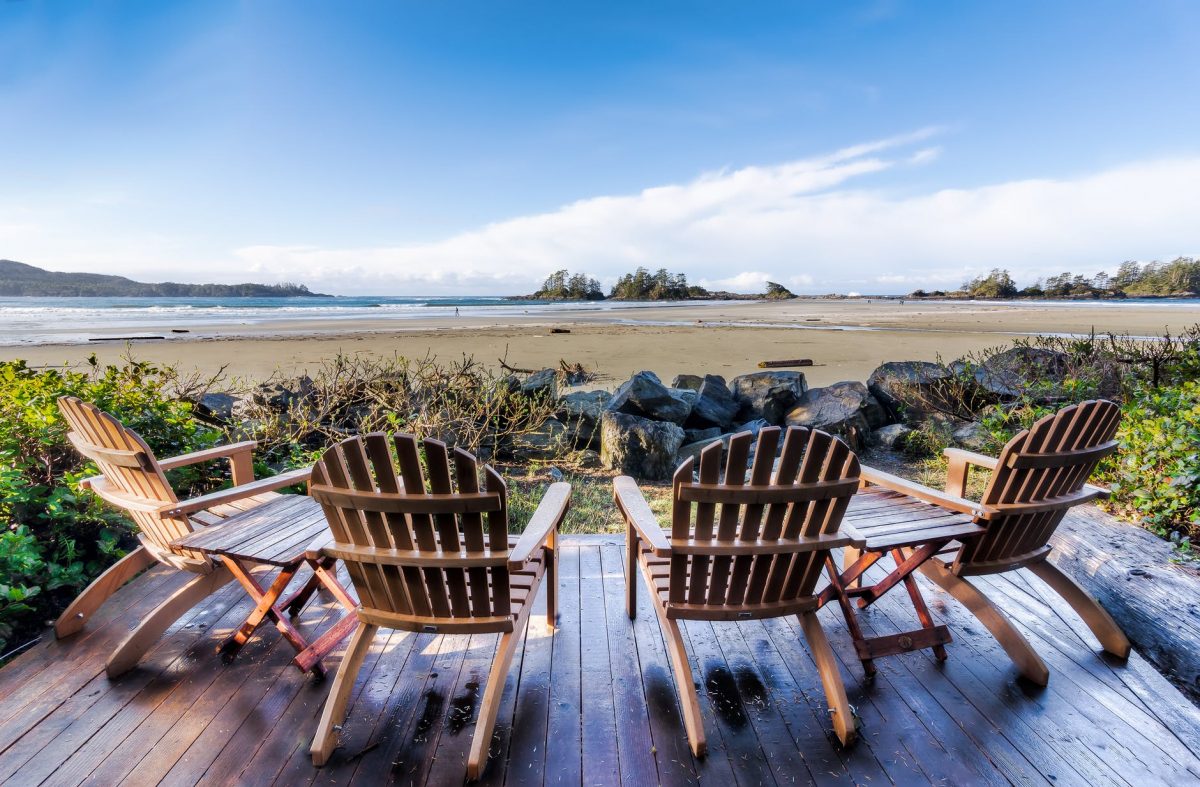
- The distribution of light and shadow on your site, depending on the time of day.
- Climatic conditions of the area: frequent wind directions, precipitation, etc. Remember to pay special attention to the drainage system.
- Geometry of space. The zoning of a square and rectangular yard is very different.
- Your family composition. Each member should be interested in spending time in the yard. Adults need a barbecue and seating area, while kids will enjoy playing in the playground.
- Logistics. Take into account all the entrances and exits to the house and yard, think over the paths’ location so that they conveniently connect all zones.
- Emergencies. You should arrange your garden so that in case of a fire, for example, specialists can access your home, and you can safely evacuate.
When planning and allocating areas, pay attention to the presence of hills and holes in the yard. You may need to cut or fill them.
Step 2: Zoning

Once you’ve decided where each zone will be located, it’s time to think about how exactly it will be separated from the rest. There are several solutions here. And the simplest one is to separate all areas with a fence. However, it is not the best option since artificial materials are visually knocked out and do not create the best impression. A low wall can only be fenced off a sports ground. Next to it, you can plant some kind of perennial climbing plant, which over time will braid the fence, making it less noticeable.
The best option for zoning is to use flower beds or shrubs. When creating transitions between functional zones, you can use arched structures, along which a climbing plant can later grow. Neatly designed garden paths can also visually divide the yard into multiple areas. Since they are not only functional but also decorative, they can be arranged in some unusual way.
Step 3: Plant Selection
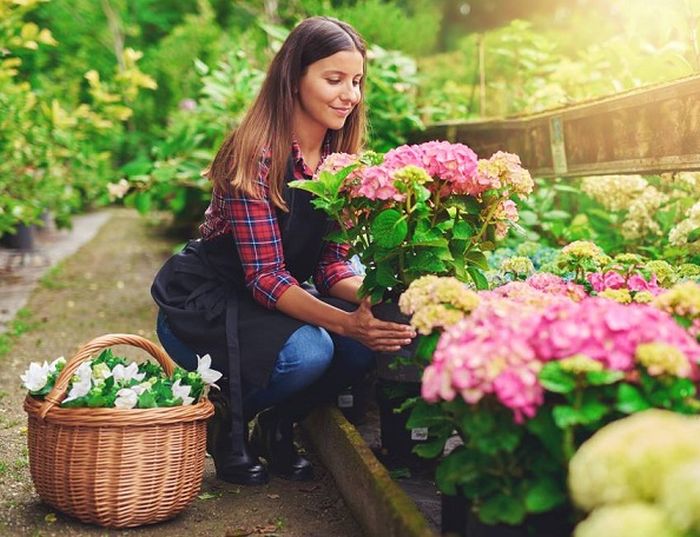
Without plants, any yard will look lifeless. When choosing trees, flowers, and shrubs, always consider the light of a place where you plan to plant them. A climbing plant such as ivy can be planted along the perimeter fence to create a hedge, or you can use lush bushes (such as elderberry, barberry, or dogwood) that don’t shed leaves in the fall. The number of trees directly depends on the area of your yard. So, for example, for one apple or pear tree, you need at least 200 square feet.
A medium to large yard has enough room for flower beds and even a small vegetable garden. Try the method of growing vegetables in tall beds. They look well-groomed, protect plants from ground pests, and save space. When buying flowers, give preference to low maintenance species that do not require special care. Flower beds can be sprinkled with small white pebbles, which will favorably set off the greenery of your flowers. Aromatic herbs can be planted along the edges of the paths.
If you have a spacious yard, it’s best to maximize its potential. Consider growing edible produce in your yard, such as mushrooms. Not only is growing your own food a sustainable way to nourish yourself, but it also helps you save money by not having to travel to the grocery store and buy ingredients. Mushrooms are easy to grow yourself. They don’t take up much space in the yard, and they don’t require so much effort on your side. There are mushroom growing kits and tools offered by top brands like North Spore that make it easier and faster to grow bountiful, nutritious mushrooms that make excellent additions to your dishes. Different mushroom species have different needs for growing, but all of them are generally easy to grow. As long as you have the right kit and tools and you follow the instructions correctly, your yard can be a thriving mushroom haven.
Step 4: Choosing Furniture
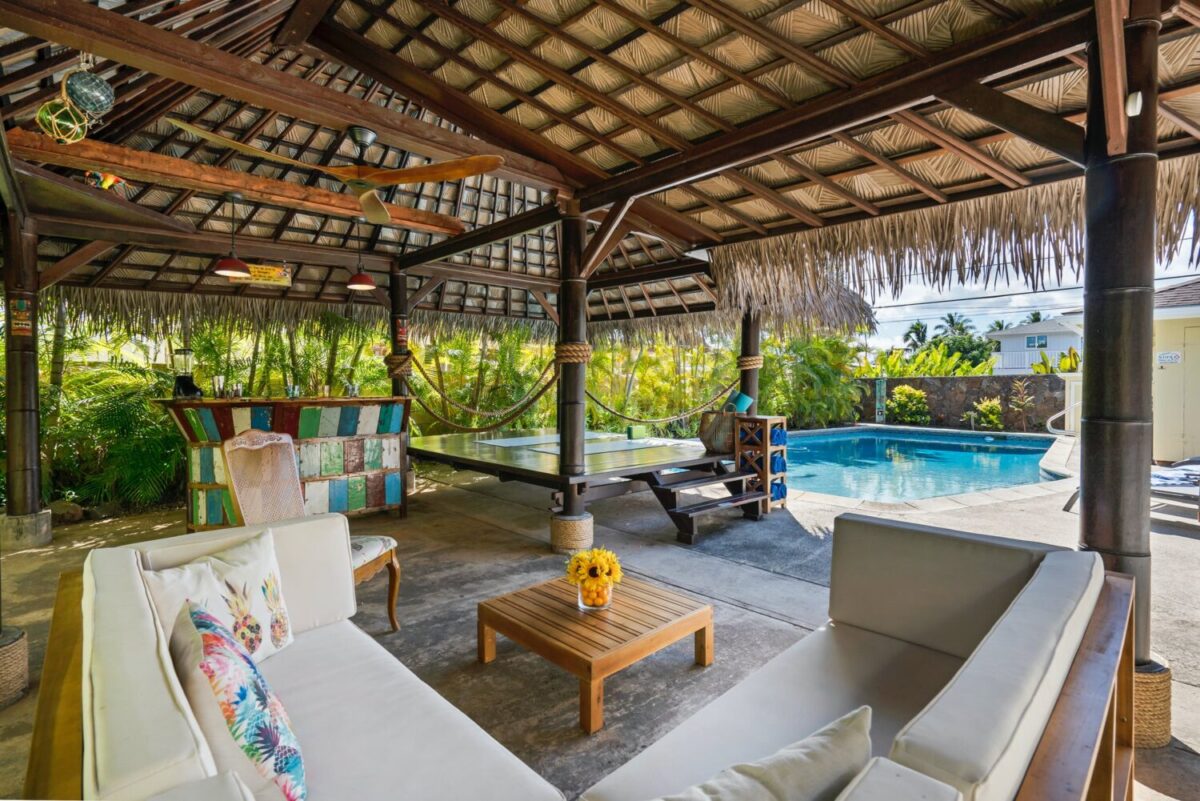
Among the required elements, it is worth noting a table, chairs, sofas, and armchairs. Additionally, you can purchase a hammock, rocking chair, sun loungers, and ottomans. The most convenient is folding furniture, which, if necessary, you can quickly fold and carry into the house. Every piece should be made of materials that are easy to maintain and are not afraid of bad weather or direct sunlight. Typically, plastic, metal, rattan, or wooden items are used in the garden.
If you have enough space, you can make stone furniture. Stone benches and tables can withstand any kind of bad weather, and you can buy pillows and seats to make it comfortable to sit on them. If necessary, you can complement the outdoor dining area with an umbrella that will keep you out of the sun. Consider the overall design of your home when choosing the right furniture. Pieces should not get out of the general style and distract guests from the beautiful plants in the garden.
Step 5: Lighting
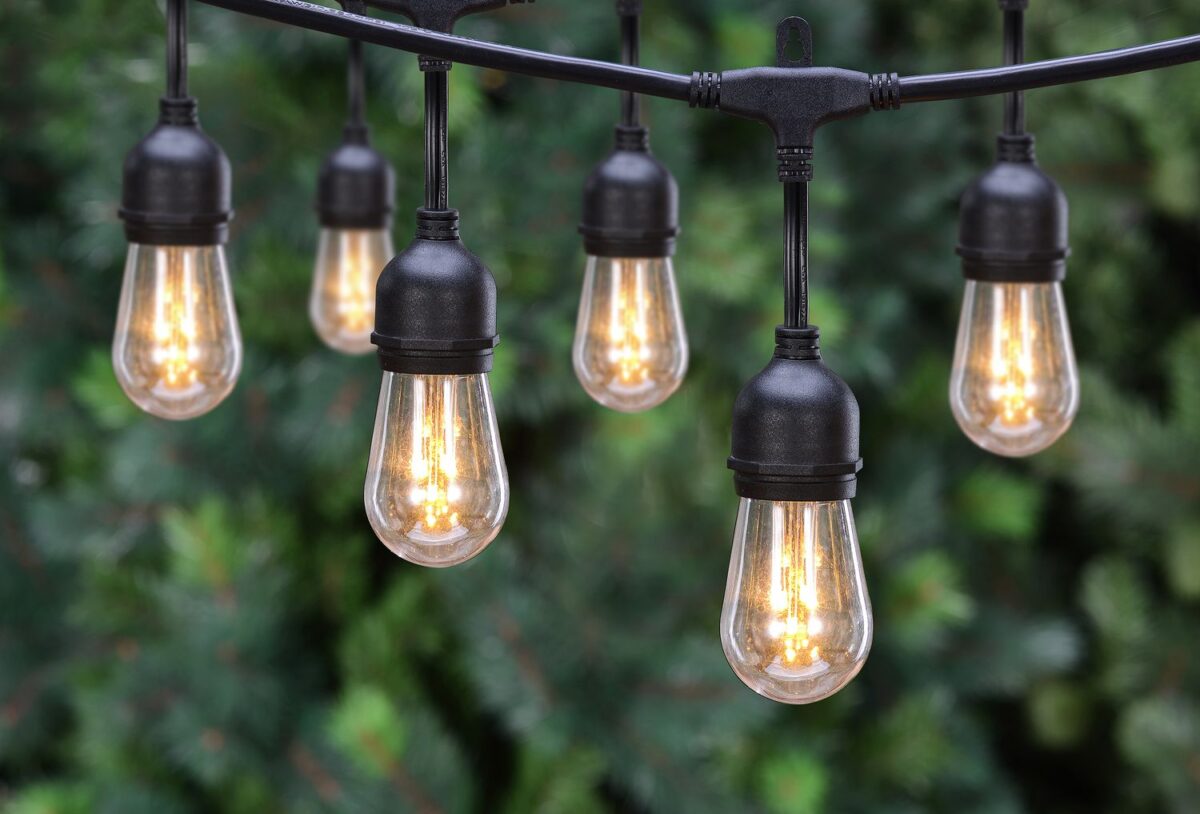
The final step in landscaping your yard is planning your lighting. It is imperative that you illuminate the paths and the recreation area. It can be done using solar or regular battery lights, and you can add LED garlands, decorative lanterns, and candles to the patio.
Visualize where each light fixture goes and what kind is most suitable. There’s a huge selection of landscape lighting, such as the FX Luminaire from Sprinkler Supply Store, to help you realize your vision. Top choices such as LED downlights, path and area lights, and wall and step lights enhance the safety and “personality” of your yard. They can also be equipped with advanced technologies to make your life easier.
An excellent solution would be illumination with a motion sensor. It usually runs on batteries. As it does not light constantly, it is energy saving. It is advisable to install such lighting along the paths and not on the patio since it will go out too quickly.
Beautiful trees or flower beds are often illuminated with miniature low-power floodlights. Plus, now in stores, you can find decorative figures with LED lighting. In the daytime, they will simply decorate your garden, and at night they will shine with a dim light.
What Else You Can Do
Of course, it is not all that you can do to make a beautiful yard. These are just the main points that you should definitely consider when planning. Additionally, if you have enough space on your site, you can equip an area with a pond fountain by going to livingwateraeration.com, or fire pit. If you love nature, set up some bird feeders, birdbaths, or birdhouses.
Along the paths, you can place sculptures, hang colored flags, and mirrored decorations that reflect light and send sunbeams around your garden. The main thing is to observe moderation and combine all the elements organically, especially in a small area. By and large, it all depends on your imagination!



